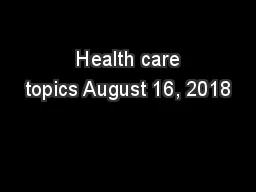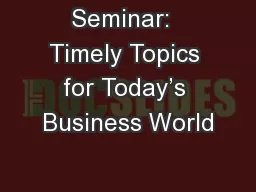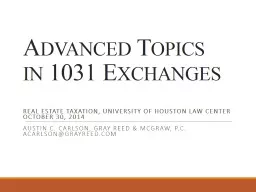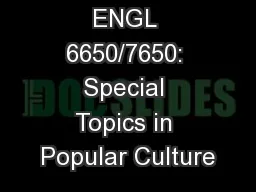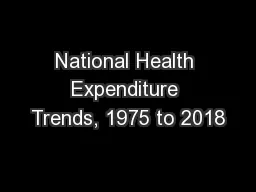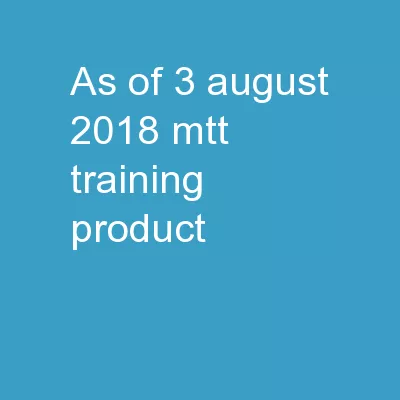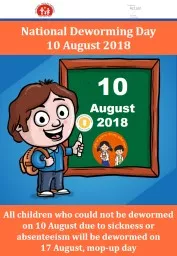PPT-Health care topics August 16, 2018
Author : yoshiko-marsland | Published Date : 2020-04-05
Disclaimer EY refers to the global organization and may refer to one or more of the member firms of Ernst amp Young Global Limited each of which is a separate legal
Presentation Embed Code
Download Presentation
Download Presentation The PPT/PDF document " Health care topics August 16, 2018" is the property of its rightful owner. Permission is granted to download and print the materials on this website for personal, non-commercial use only, and to display it on your personal computer provided you do not modify the materials and that you retain all copyright notices contained in the materials. By downloading content from our website, you accept the terms of this agreement.
Health care topics August 16, 2018: Transcript
Download Rules Of Document
" Health care topics August 16, 2018"The content belongs to its owner. You may download and print it for personal use, without modification, and keep all copyright notices. By downloading, you agree to these terms.
Related Documents

